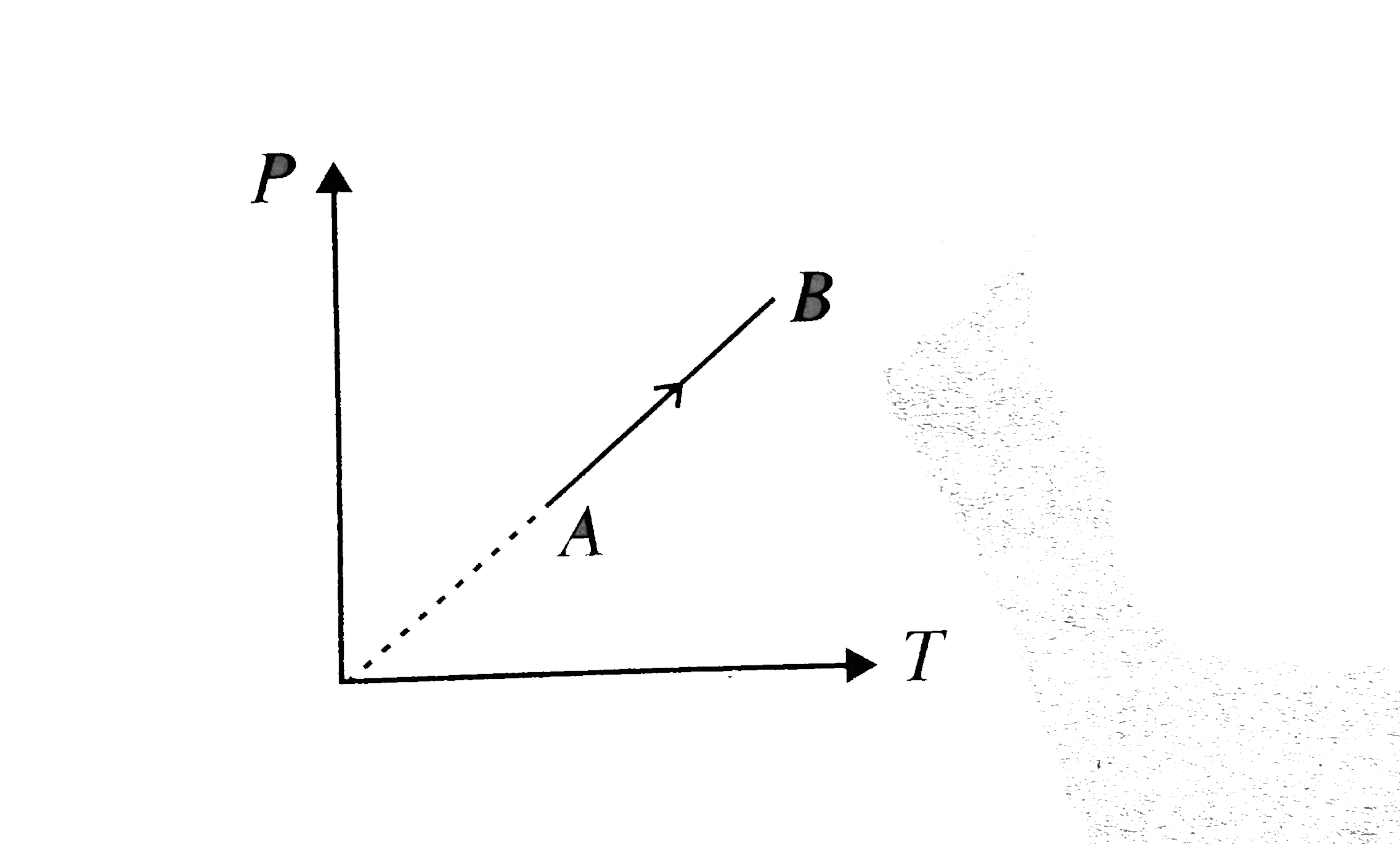During the process of electrolysis of water oxygen gas and hydrogen gas is accumulated respectively at the electrodes
Anode, Cathode
Cathode, Anode
Anode, Anode
Cathode, Cathode
To solve the question regarding the electrolysis of water and the accumulation of gases at the electrodes, we can break it down into the following steps:
1. Understanding Electrolysis:
- Electrolysis is the process of breaking down a compound using electricity. In this case, we are breaking down water (H₂O) into hydrogen (H₂) and oxygen (O₂) gases.
2. Setting Up the Experiment:
- In an electrolysis setup, we have two electrodes: an anode (positive electrode) and a cathode (negative electrode). These electrodes are placed in a container filled with water mixed with an electrolyte (like sodium hydroxide, NaOH) to enhance conductivity.
3. Identifying the Electrodes:
- The cathode is connected to the negative terminal of the battery, while the anode is connected to the positive terminal. This means that electrons flow towards the anode and away from the cathode.
4. Movement of Ions:
- In the electrolyte solution, positively charged ions (Na⁺) move towards the cathode, while negatively charged ions (OH⁻) move towards the anode.
5. Reactions at the Electrodes:
- At the cathode (negative electrode), a reduction reaction occurs:
- 4H2O+4e−→2H2+4OH−
- This means hydrogen gas (H₂) is produced at the cathode.
- At the anode (positive electrode), an oxidation reaction occurs:
- 4OH−→2H2O+O2+4e−
- This means oxygen gas (O₂) is produced at the anode.
6. Conclusion:
- Therefore, during the electrolysis of water, hydrogen gas accumulates at the cathode and oxygen gas accumulates at the anode. The correct answer to the question is that hydrogen gas is at the cathode and oxygen gas is at the anode.
Final Answer:
- Hydrogen gas is accumulated at the cathode, and oxygen gas is accumulated at the anode.
- Electrolysis is the process of breaking down a compound using electricity. In this case, we are breaking down water (H₂O) into hydrogen (H₂) and oxygen (O₂) gases.
- In an electrolysis setup, we have two electrodes: an anode (positive electrode) and a cathode (negative electrode). These electrodes are placed in a container filled with water mixed with an electrolyte (like sodium hydroxide, NaOH) to enhance conductivity.
- The cathode is connected to the negative terminal of the battery, while the anode is connected to the positive terminal. This means that electrons flow towards the anode and away from the cathode.
- In the electrolyte solution, positively charged ions (Na⁺) move towards the cathode, while negatively charged ions (OH⁻) move towards the anode.
- At the cathode (negative electrode), a reduction reaction occurs:
- 4H2O+4e−→2H2+4OH−
- This means hydrogen gas (H₂) is produced at the cathode.
- At the anode (positive electrode), an oxidation reaction occurs:
- 4OH−→2H2O+O2+4e−
- This means oxygen gas (O₂) is produced at the anode.
- Therefore, during the electrolysis of water, hydrogen gas accumulates at the cathode and oxygen gas accumulates at the anode. The correct answer to the question is that hydrogen gas is at the cathode and oxygen gas is at the anode.
- Hydrogen gas is accumulated at the cathode, and oxygen gas is accumulated at the anode.
Topper's Solved these Questions
- WATERBook:BEIITIANSChapter:WATERExercise:SUMMATIVE WORKSHEET
Explore 1 Video
- WATERBook:BEIITIANSChapter:WATERExercise:IIT JEE WORKSHEET
Explore 5 Videos
- WATERBook:BEIITIANSChapter:WATERExercise:IIT JEE WORKSHEET
Explore 5 Videos
- BASICS OF CHEMISTRY Book:BEIITIANSChapter:BASICS OF CHEMISTRY Exercise:IIT JEE WORKSHEET
Explore 1 Video
Similar Questions
Knowledge Check
During the process of electrolysis of water, dilute sulphuric acid splits into
Aoxygen ions and hydrogen ionsB.oxygen ions, hydrogen ions and sulphur ionsChydrogeu ions, oxygen ions and s ulphate ionsDhydrogen ·ions, and sulphate ionsDuring the process AB of an ideal gas
 Awork done on the gas is zeroBdensity of the gas is constantCslope of line AB from the T-axis is inversely proportional to the number of moles of the gasDslope of line AB from the T-axis is directly proportional to the number of moles of the gas
Awork done on the gas is zeroBdensity of the gas is constantCslope of line AB from the T-axis is inversely proportional to the number of moles of the gasDslope of line AB from the T-axis is directly proportional to the number of moles of the gasA little amount of sulphuric acid is added in the process of electrolytic decomposition of water. Two gases, the one liberated at negative electrode puts off the burning splinter and burns with blue flame and another gas at positive electrode, glows the burning splinter and is a non-combustible gas. The gases liberated at negative and positive electrodes, respectively, are _____ _
Ahydrogen and sulphur dioxideBhydrogen and oxygenCoxygen and hydrogenDcarbon dioxide and oxygen
In the electrolysis of water,
Why is the volume of gas collected at one electrode double than the other?
View SolutionA little amount of sulphuric acid is added in the process of electrolytic decomposition of water. Two gases, the one liberated at negative electrode puts off the burning splinter and burns with blue flame and another gas at positive electrode, glows the burning splinter and is a non-combustible gas. The gases liberated at negative and positive electrodes, respectively, are _____ _
View SolutionDuring the electrolysis of sodium ethanoate, the gas liberated at cathode is :
View SolutionAssertion (A): The products of electrolysis of water are hydrogen and oxygen.
Reason ( R): In electrolysis process of water, hydrogen ions are attracted to anode and hydroxyl ions are attracted to cathode.
View SolutionAssertion (A): The products of electrolysis of water are hydrogen and oxygen.
Reason (R ): In electrolysis process of water, hydrogen ions are attracted to anode and hydroxyl ions are attracted to cathode.
View Solution